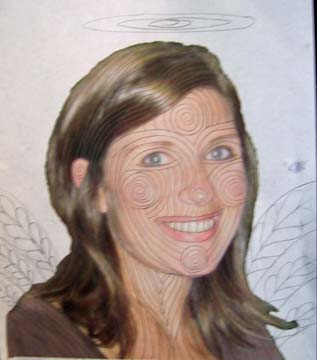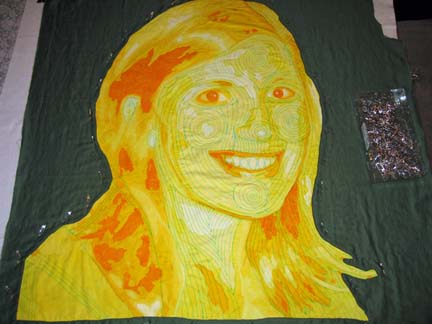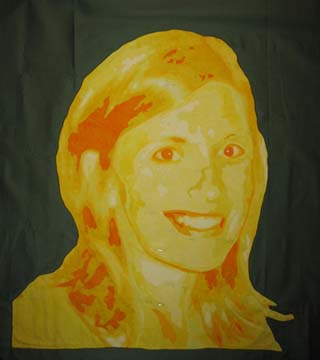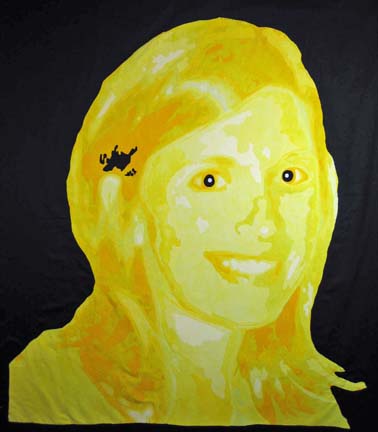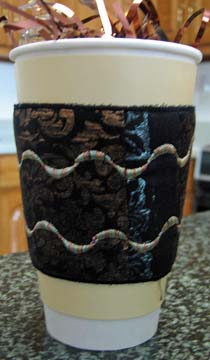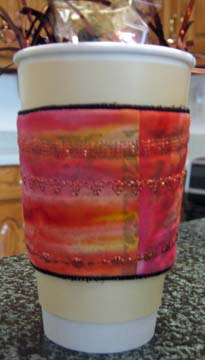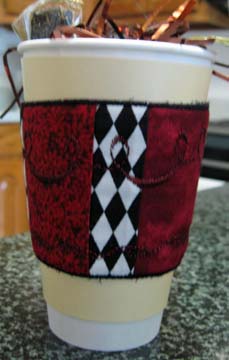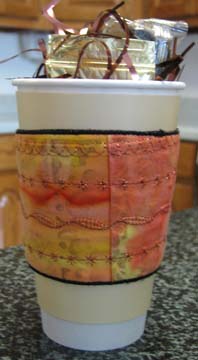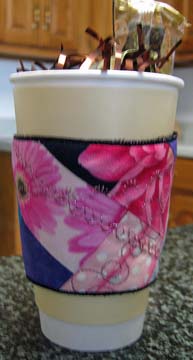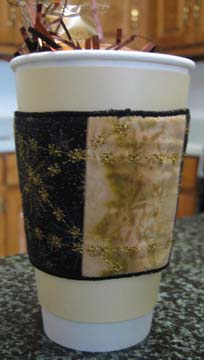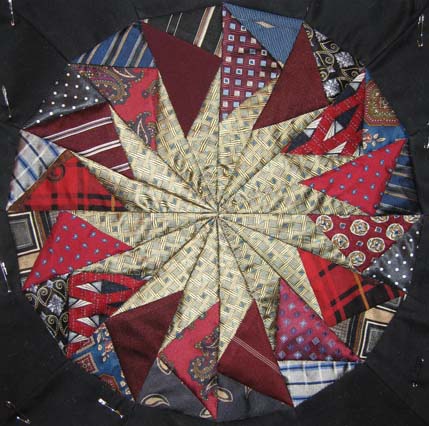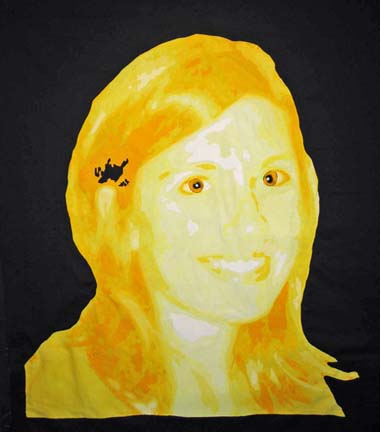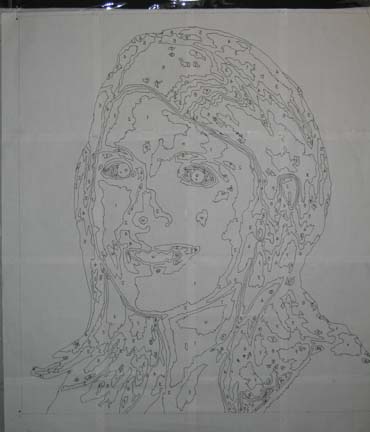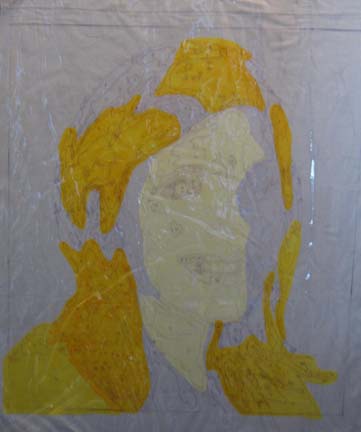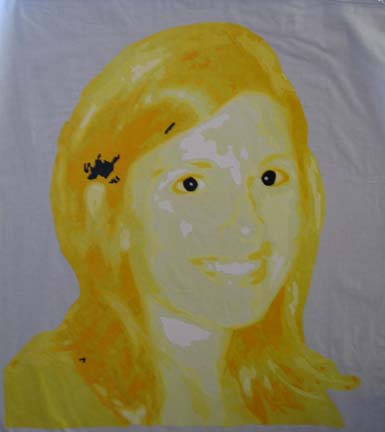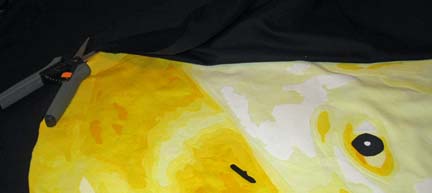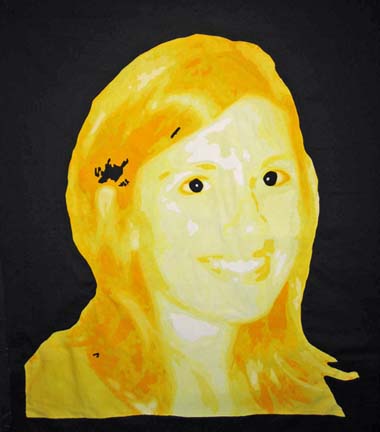I haven’t written in a while because I moved — from a small town to a large one. I am still walking through grocery stores with tears in my eyes while I attempt to comprehend all of the choices that I now have available to me. Having spent so many years in a small town, I am still geared to start my endeavors at Wal-Mart — I wonder if that will ever change. I have found that I literally have to leave stores because I am so overwhelmed with everything. I hate to think that they are mini panic attacks, but I’m sure that that is what my doctor would call them. I have a friend that has panic attacks and has to leave the house — I have them & have to return. All the years of being a stay-at-home mom have turned me into something of a hermit.
Which leads me to my other passion: books. I had promised myself that I would confine my blog to quilts, but really my blog is about me — and I am a bibliophile. I also find it difficult, at times, to find a really good read — and it occurred to me that there are others that may have the same issue — so I decided to share.
I just finished The Shadow of the Wind by Carlos Ruiz Zafon. Stephen King remarks on the back cover that it is “one gorgeous read” — and that it is. It is certainly one of my favorite books. Too adult to share with my tween, but an excellent choice for adults.
This book captured my attention when I was wandering through a Books-A-Million several months ago. It starts in a Cemetery of Forgotten Books and revolves around someone who burns books and those who cherish them — which immediately captured my attention — since I cherish books. It was originally written in Spanish & was translated in ’04 — and although many places have the kinds of names that require your tongue to roll and flutter in your mouth (if you were to say them aloud) — the transition in language is otherwise flawless. The romanticism of the names, I think, added to the charm and magic of the story.
If you like this book, you should also try The Thirteenth Tale by Diane Setterfield. It has that same sense of intrigue and mystery without being a mystery novel. I also recommend The Memory Keeper’s Daughter by Kim Edwards and The Life of Pi by Yann Martel.

